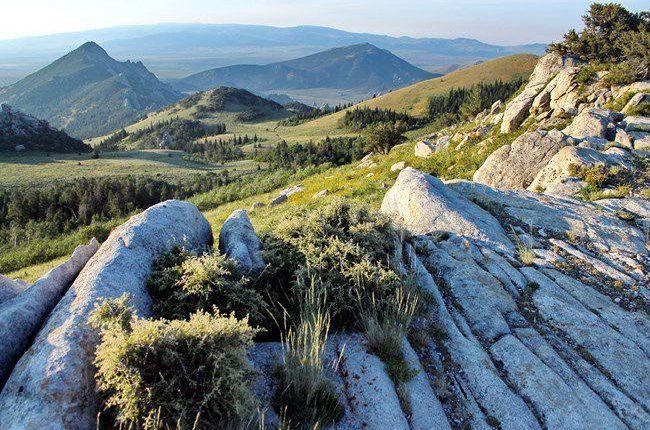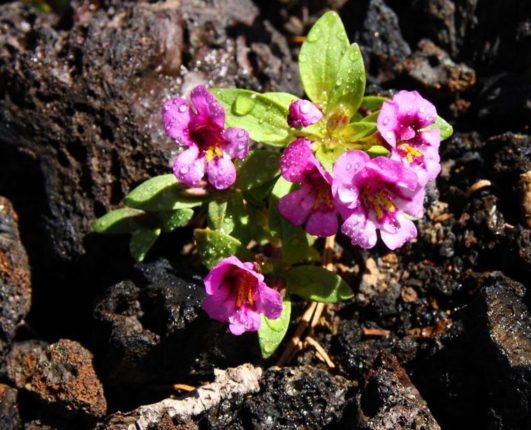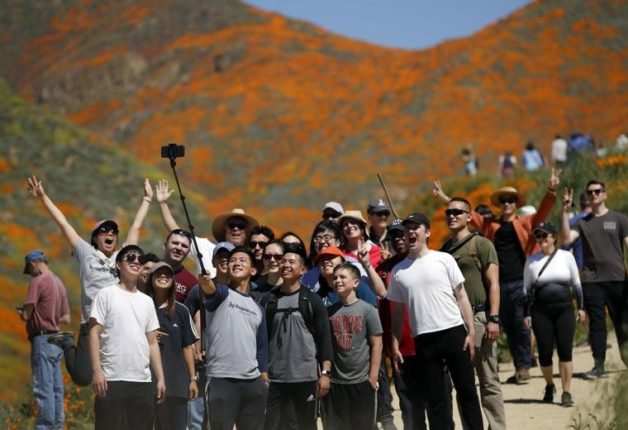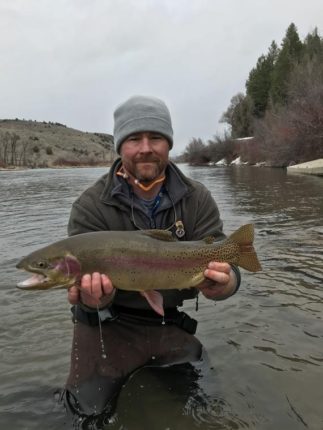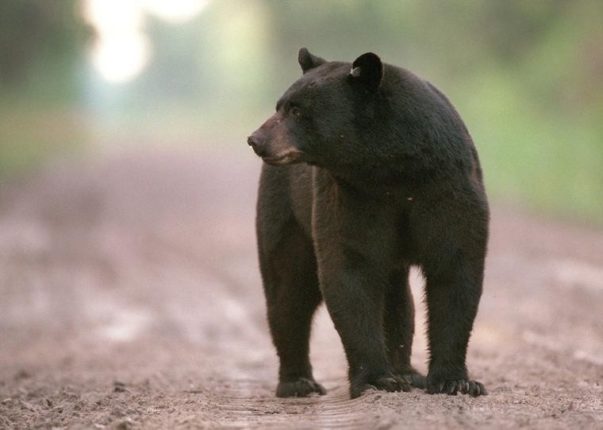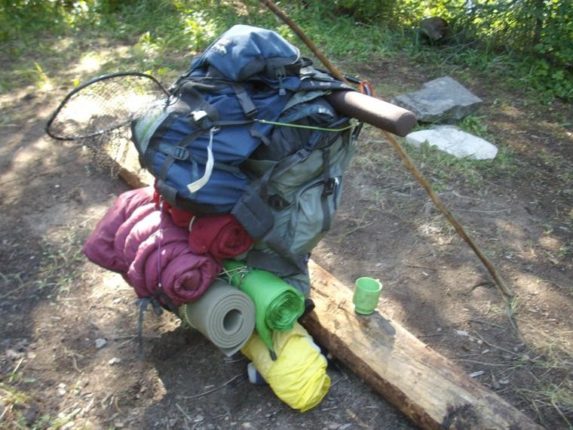There is an upcoming must-see outdoors event and that is the second annual Great Northwest Outdoor Expo. Last year was great; this year will be even better. It is amazing in that in the first year, it has already become Idaho’s best outdoor show.
The event will be held on Friday, Saturday and Sunday at the Ford Idaho Center in Nampa. The goal of the expo is to provide educational opportunities. Join us for hands-on activities, exhibitors showcasing the latest in hunting, fishing and camping gear, educational seminars, cooking seminars, rock crawling demonstrations, elk and waterfowl calling contests and more. Get hands-on with some of the latest outdoor innovations and gear with product demonstrations.
Whether you’re a beginner just finishing hunter’s education and gearing up for your first big game hunt or an old pro looking to learn about the latest technology, there will be opportunities for everyone. Vendors and exhibitors will take advantage of more than 20 acres of outdoor areas and thousands of square feet of indoor exhibit area, to showcase their tools, toys and vehicles.
Admission is $8 for a single day and $16 for a weekend pass, $5 for military personnel and seniors, $24 for a family four-pack and free for children 12 and under. Tickets can be purchased at ictickets.com.
People can expect an educational and interactive experience. Vendors from all over the northwest will represent all sorts of outdoor passions, including hunting, fishing, camping, ATV test track, RVs, trucks, sporting dogs, cooking demonstrations and much more. One thing that sets this outdoor show apart from most of the others that I attend is that is a family event, so bring everyone. You cannot visit every event/seminar/booth in one day so plan on spending a couple of days.
This event is hosted by Ducks Unlimited, the world’s leader in wetland and waterfowl conservation for over 80 years now. Ducks Unlimited has worked to conserve over 14 million acres in North America. The organization relies heavily on volunteers; work is done on the backs of hard-working outdoor enthusiasts. Its members are conservationists and outdoor enthusiasts who live primarily throughout the United States, Canada and Mexico. Additional conservation groups will be on hand to educate visitors and shine the spotlight on smart environmental practices, and the prolific outdoor adventure opportunities right here in the Great Northwest.
Mond Warren, Ducks Unlimited Regional Director for the State of Idaho, had a vision to host this event in Idaho as a way to inform and educate people on the outdoors.
“The Northwest is one of the world’s best places for recreationists and outdoor enthusiasts to experience nature in all its magnificence,” Warren said. “We were driven to create an outdoor expo that does its best to duplicate that experience and provide vendors and visitors the ultimate opportunity to share their passion for the outdoors.”
Last year, I conducted about five seminars so I didn’t get to hit even half of the events. This year, I plan on being able to hit more — but , of course, this year I have six seminars. I didn’t even get to watch the dog events, rock crawling and four-wheeling stuff.
I’m interested again this year to check out Steve Weston’s and Jess Pryles cooking classes/demos. One of these days (years), I’m going to make Steve go backpacking with me and be the designated camp cook. He always keeps me fed when we’re doing seminars at the same shows.
And then you have to check out some of the seminars. I always attend all of the seminars that I can to pick up new tricks. Plus, many of the seminars will have drawings. Crosman is donating a Remington Express Hunter .22-caliber break barrel air gun for a drawing in the air gun seminar. Smith’s is donating a diamond stone in the knife sharpening seminars, plus their two-step sharpeners to the first 15 people to walk in the door. In the Backpacking 101, seminar Aquimira is donating a filtered water bottle and Adventure Medical Kits a foot care package. Riton Optics is giving away some patches, stickers and caps in the glassing for big game seminar. And you have to check out Randy King’s seminar on boning out game.
I can’t wait. If you’re free this weekend and want to take a little road trip, you ought to run over. See you there.
Tom Claycomb lives in Idaho and has outdoors columns in newspapers in Alaska, Idaho, Utah, Nevada, Colorado and Louisiana.

